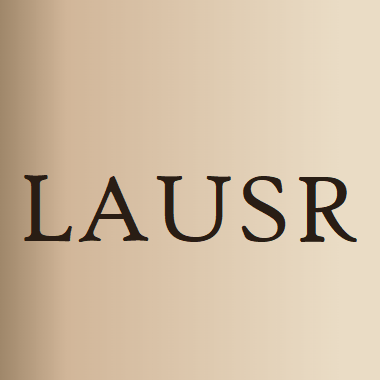
This article presents the preparation and characterization of polyhydroxybutyrate-co-valerate (PHBV) nanocomposite films containing cellulose nanocrystals (CNC) and aluminum oxide nanoparticles (Al2O3) as reinforcements. The effects of adding nanoparticles on the… Click to show full abstract
This article presents the preparation and characterization of polyhydroxybutyrate-co-valerate (PHBV) nanocomposite films containing cellulose nanocrystals (CNC) and aluminum oxide nanoparticles (Al2O3) as reinforcements. The effects of adding nanoparticles on the mechanical properties, such as tensile strength and elongation, were studied using dynamic-mechanical analysis (DMA) such as modulus and tan δ. Also, morphology and thermal features were investigated by scanning electron microscopy (SEM) and differential scanning calorimetry (DSC), respectively. For this purpose, first, CNC and Al2O3 with a ratio of 0, 1, 3 and 5 wt% was added to a biopolymer, then a combination of these two with the ratio of 3:3 and 5:5 was added to the PHBV matrix, separately; and finally, the various nanocomposite films were prepared by the solvent casting method. After adding nanoparticles, the tensile strength and thermal stability of the PHBV/CNC films increased and the elongation decreased. SEM observations showed that large amounts of nanoparticles (3 wt%) are strongly agglomerated in the biopolymer matrix. This led to a decrease of mechanical properties in the composites with nanoparticles of more than 3% by weight. DSC results showed that the glass transition temperature (Tg) increased slightly with the incorporation of nano participles to PHBV. The enthalpy of fusion (ΔHfus) increased from 33.8 J/g for neat PHBV film to 48.1, 50 and 45.8 J/g for PHBV films containing 1, 3, and 5 wt% CNC, respectively. These results are consistent with the conclusions of DMA. The improvement of physical and mechanical properties of the composites confirmed that CNC has a better effect than aluminum oxide nanoparticles as a nano reinforcement.
Journal Title: International journal of biological macromolecules
Year Published: 2019
Link to full text (if available)
Share on Social Media: Sign Up to like & get
recommendations!